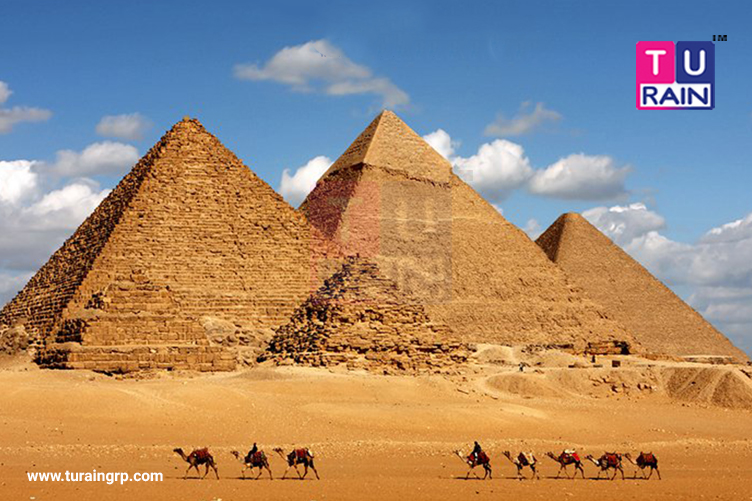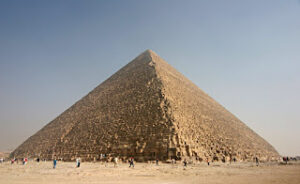
No pyramids are more celebrated than the Great Pyramids of Giza, situated on a level on the west bank of the Nile River, on the edges of advanced Cairo. The most seasoned and biggest of the three pyramids at Giza, known as the Great Pyramid, is the main surviving structure out of the well known seven miracles of the old world. It was worked for Khufu (Cheops, in Greek), Sneferu’s successor and the second of the eight lords of the fourth tradition. In spite of the fact that Khufu ruled for a long time (2589-2566 B.C.), generally little is known of his rule past the greatness of his pyramid. The sides of the pyramid’s base normal 755.75 feet (230 meters), and its unique tallness was 481.4 feet (147 meters), making it the biggest pyramid on the planet. Three little pyramids worked for Khufu’s rulers are arranged by the Great Pyramid, and a tomb was discovered close-by containing the vacant sarcophagus of his mom, Queen Hetepheres. Like different pyramids, Khufu’s is encompassed by columns of mastabas, where relatives or authorities of the lord were covered to go with and bolster him in the great beyond.

The center pyramid at Giza was worked for Khufu’s child Khafre (2558-2532 B.C). An extraordinary component worked inside Khafre’s pyramid complex was the Great Sphinx, a gatekeeper statue cut in limestone with the leader of a man and the body of a lion. It was the biggest statue in the old world, measuring 240 feet long and 66 feet high. In the eighteenth administration (c. 1500 B.C.) the Great Sphinx would come to be worshiped itself, as the picture of a nearby type of the god Horus. The southernmost pyramid at Giza was worked for Khafre’s child Menkaure (2532-2503 B.C.). It is the briefest of the three pyramids (218 feet) and is an antecedent of the littler pyramids that would be built amid the fifth and 6th lines.

Around 2.3 million pieces of stone (averaging around 2.5 tons each) must be cut, transported and gathered to construct Khufu’s Great Pyramid. The antiquated Greek history specialist Herodotus composed that it took 20 years to assemble and required the work of 100,000 men, yet later archeological confirmation recommends that the workforce may really have been around 20,000. Despite the fact that some well known forms of history held that the pyramids were worked by slaves or outsiders constrained in the process of childbirth, skeletons exhumed from the zone demonstrate that the specialists were likely local Egyptian horticultural workers who dealt with the pyramids amid the season of year when the Nile River overwhelmed a great part of the land adjacent.









